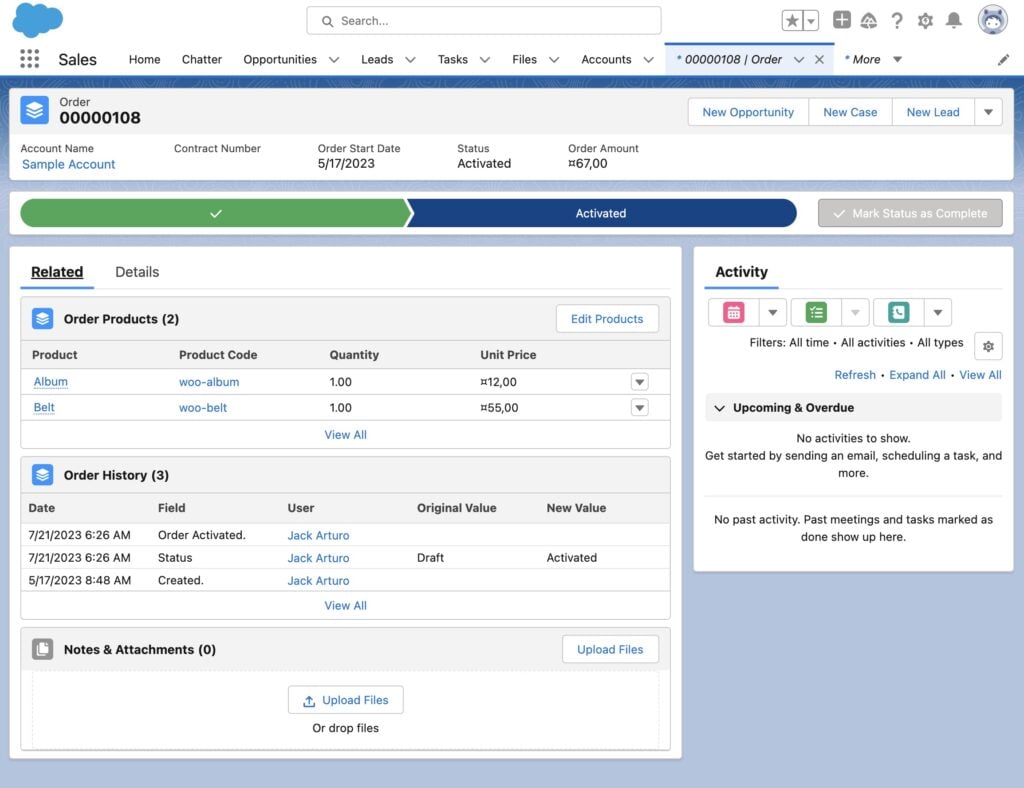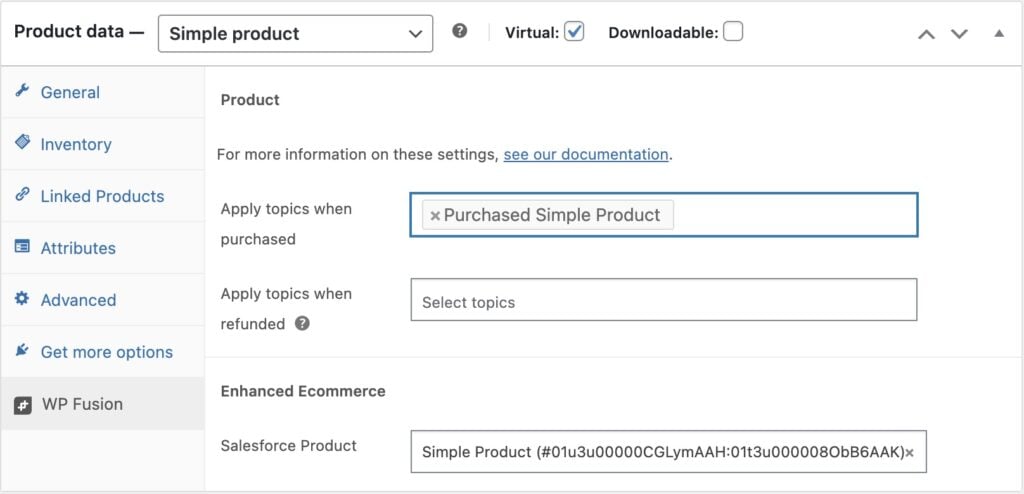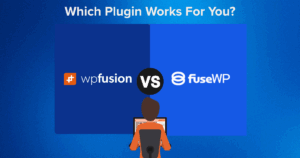We’re excited to announce that today’s Enhanced Ecommerce v1.23.0 update (finally) adds support for Salesforce 🎉.
You can now sync orders and products into your Salesforce account for sales made in:
- WooCommerce
- Easy Digital Downloads
- Event Espresso
- GiveWP
- Gravity Forms
- LifterLMS
- MemberPress
- and Restrict Content Pro
This has been one of our most requested ecommerce integrations, but it was tricky to get right in a way that would work without any extra setup in Salesforce, while also not impacting checkout times.
Some WooCommerce + Salesforce integration plugins create their own object types, fields, relationships, and reports in Salesforce 👎
This lets them accurately represent the WooCommerce data structure, but it leaves you locked into their object types, it’s not compatible with data from other sources, and it leaves your account cluttered with extra objects and fields if you ever decide to change plugins.
After many months of work, we’ve come up with a solution that uses the native Salesforce Order, Product, OrderItem, Pricebook, and PricebookEntry objects. And we’ve done it in such a way that orders are still synced in real-time as customers check out (instead of on a schedule) while adding only a couple of seconds of processing time to the checkout.
#How does it look?
You can map your WooCommerce products (or products / plans from other supported plugins) to Salesforce products via the WP Fusion UI.
Or leave the selection blank, and WP Fusion will create your products for you automatically at checkout.
When a customer checks out on your store, their order products will be created in Salesforce as necesssary.

And the order items will be associated with the new order.

The order will be linked to the contact who made the purchase.
That’s it, it’s all automatic!
Get Automated. Get WP Fusion.
Deeply integrate your store and Salesforce using WP Fusion.
Get WP Fusion#What’s next?
In future updates we’ll be exploring:
- How to manage products that belong to different pricebooks
- How to automatically create new Accounts during the checkout process
- How to visually map custom fields between WordPress and Order and Product objects in Salesforce
Check out the documentation here for more info on setup and usage.





2 thoughts on “Introducing Salesforce Enhanced Ecommerce”
Testing 😀
Try
or